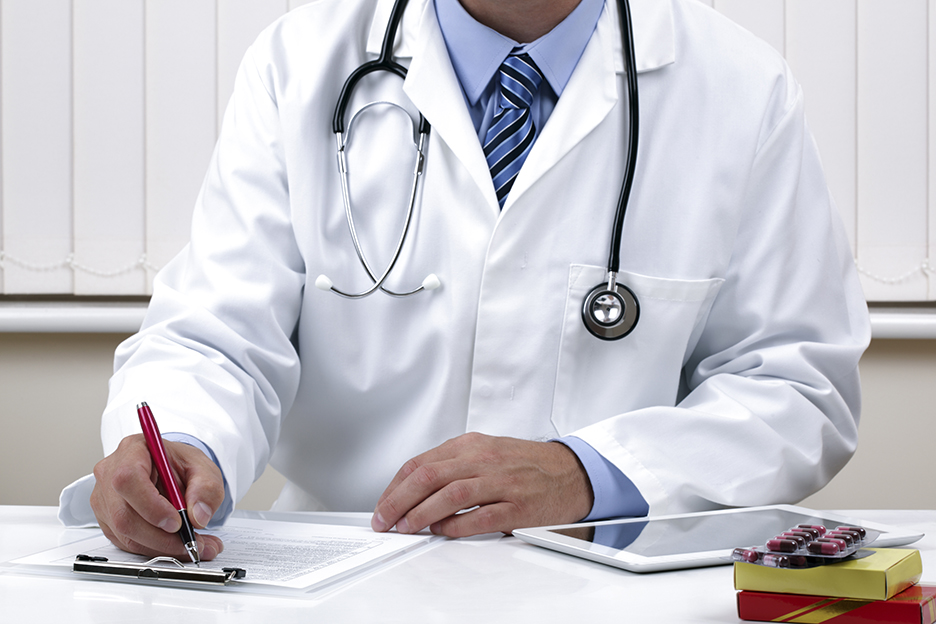Did you know that testicular cancer is the most widespread cancer among young men in Canada, and also one of the easiest cancers to cure? Here are a few facts on this lesser known cancer.

Overview
Testicular cancer is on the list of the rarer and lesser known cancers. And yet, early detection allows it to be treated quickly and limit the consequences. It primarily affects young men aged 15 to 49, and represents 1% of the cancers that affect men. It is estimated that 1 in 20,000 men develop testicular cancer. Generally, the cancer begins when the cells of a part of our body begin to grow abnormally. In testicular cancer, the reproductive cells inside a testicle multiply abnormally.
Risk factors
Testicular cancer can affect all men, but various factors make some men more at risk than others. The risk factors associated with testicular cancer include:
- age (more frequent in men aged 15 to 49);
- a testis that does not descend or is slow to descend;
- family history of testicular cancer;
- abnormal development of a testicle;
- tobacco smoking.
Signs and symptoms
It is important for men to be aware of the signs and symptoms that could indicate testicular cancer. Some of the more frequent signs and symptoms are:
- the presence of a painless lump on a testicle;
- the presence of swelling or a change in the form of a testicle;
- pain or discomfort in a testicle or the scrotum;
- a heavy or painful feeling in the lower stomach area or scrotum;
- inexplicable fatigue or a general feeling of discomfort.
Other health problems can present the same signs and symptoms. If you suffer from one or more of these, you should consult a doctor immediately. If your doctor suspects testicular cancer, he will conduct various tests to confirm the diagnosis, determine the stage of the cancer and establish a treatment plan.
Prevention
It is recommended that men perform a self-examination of their testicles once a month over the course of their lifetime, because the earlier testicular cancer is discovered, the better the chances are of recovery. It is preferable to perform the self-examination following a bath or shower, as the scrotum skin will be more relaxed and the examination easier to conduct. Each testicle must be examined with both hands by delicately rolling the testicle between the thumb and fingers. Be on the alert for the presence of a lump, bump or any other changes.
Treatment
Testicular cancer is one of the most easily treated cancers. The treatment and recovery rate will depend on the stage the cancer has attained, thus, early detection is important. There are various treatment options. Most often surgery is the first stage of treatment, used to remove the afflicted testicle. Some patients will require additional treatment. Radiotherapy can be used to treat some types of testicular cancer following surgery. This is an apparatus that directs a beam onto the tumour or in the area the tumour has been removed from, to kill cancerous cells. Occasionally, chemotherapy can also be used to treat certain types of testicular cancer. Medication is administered to destroy cancerous cells and stop their spread throughout the body.
For more information on testicular cancer, don’t hesitate to ask your pharmacist or doctor for assistance, because your health is all that matters!
